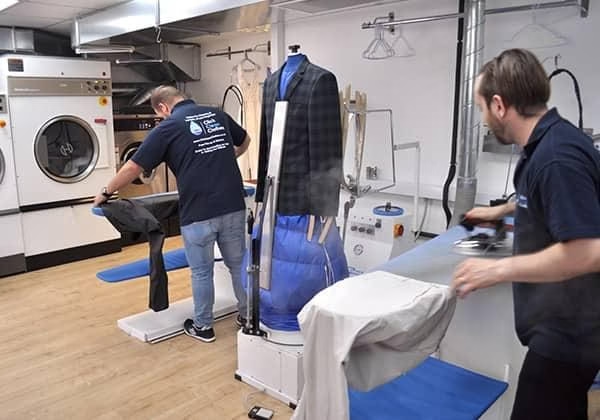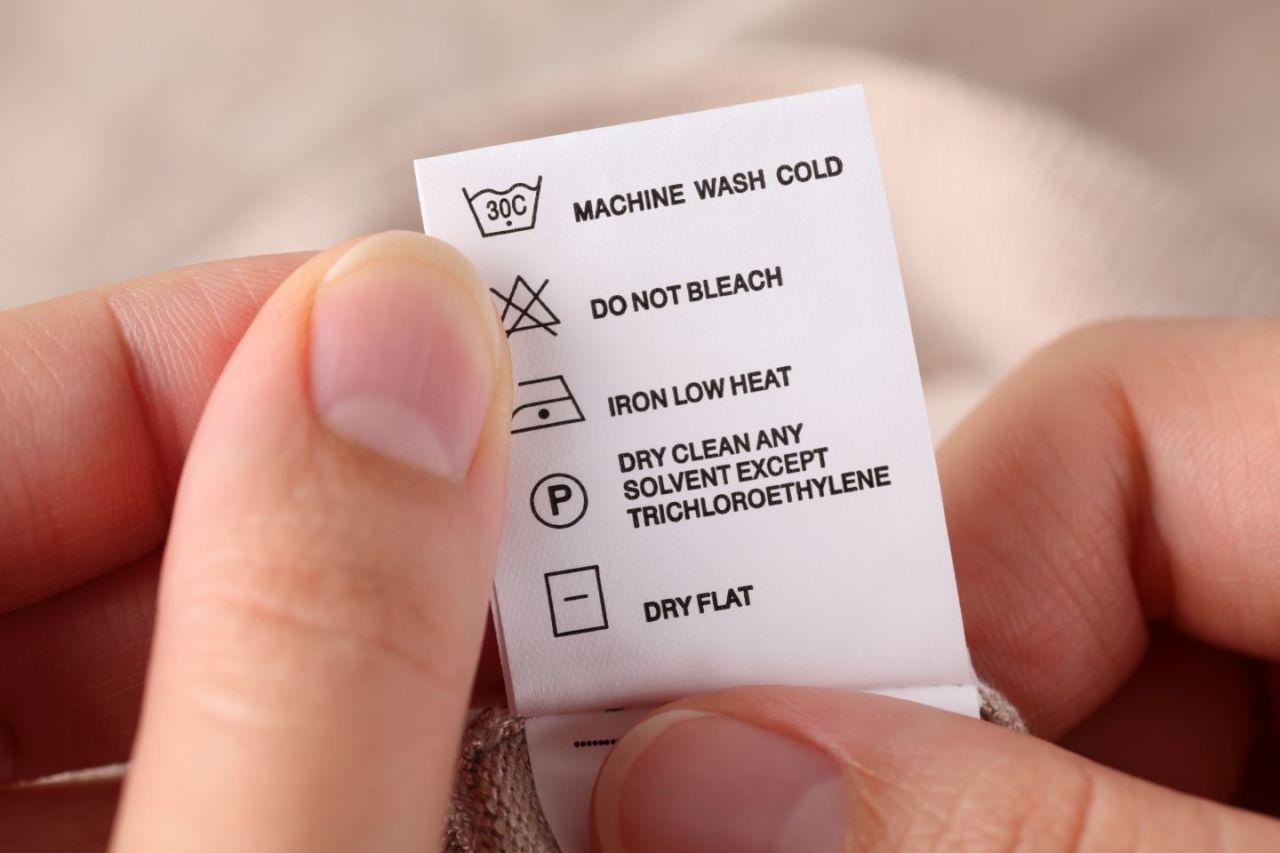
Few services sit so neatly at the intersection of tradition and convenience as dry cleaning in the UK. From London’s glass-fronted boutiques to family-run shops on provincial high streets, the sector balances old-world craft with new expectations: quicker turnarounds, gentler solvents, and seamless pick‑up and delivery. It’s a quiet backbone for busy commuters, special-occasion wardrobes, and delicate fabrics that don’t fare well in a spin cycle.
Today’s landscape is shaped by more than spotless lapels. Environmental standards and shifting consumer habits are remaking the industry, pushing cleaners toward eco-friendlier processes and smarter logistics. The familiar scent of solvent is giving way to alternatives; collection vans map city postcodes; apps promise same‑day rescue for rain-spattered suits. Yet behind the surface, the essentials remain: stain analysis, fabric care, meticulous pressing, and a steady trade in repairs and alterations.
This article explores how UK dry cleaning works, what services to expect, how pricing and quality vary, and where sustainability fits in. Whether you’re deciding between your local cleaner and an on‑demand service, or simply curious about what happens after you hand over a beaded dress or a wool coat, consider this your guide to keeping garments looking their best-with as little fuss as possible.
Table of Contents
- Choosing a UK dry cleaner with confidence: certifications, solvents, turnaround and quality checks
- The science of modern UK dry cleaning: perchloroethylene alternatives, wet cleaning and what sustainability really means
- What fair pricing and timelines look like across the UK: typical costs, extras and when to expect same day service
- Care strategies for special items and everyday wear: stain triage, when to clean and how to store garments
- The Way Forward
Choosing a UK dry cleaner with confidence: certifications, solvents, turnaround and quality checks
Look beyond shiny shopfronts and ask for proof: UK cleaners worth your wardrobe carry recognised credentials and are transparent about chemistry. Seek Textile Services Association (TSA) membership, ISO 9001/14001 for systems, and safety badges like SafeContractor or CHAS; eco-forward businesses may also display EcoVadis or Green Mark. On solvents, expect a clear menu: traditional perc, milder hydrocarbon, biodegradable K4, water-based wet cleaning, or specialty liquid CO₂-each suited to different fibres, dyes, embellishments, and sensitivities. A reputable cleaner will match garment construction to the gentlest effective process and explain the choice before proceeding.
- Ask to see: TSA membership, ISO 9001/14001, SafeContractor/CHAS
- Solvent transparency: perc, hydrocarbon, K4, wet cleaning, liquid CO₂
- Care-label literacy: P/F/W symbols explained; patch tests on trims
- Traceability: barcodes, operator initials, batch logs
| Service | Turnaround | Re-clean | QC points |
|---|---|---|---|
| Express | 24-48h | Same day | 2 |
| Standard | 2-3 days | Next run | 3 |
| Deluxe/Couture | 3-5 days | Priority | 5 |
Turnaround reveals how a plant is organised; quality checks reveal how your clothes are respected. Look for intake inspection with fibre ID and colourfast tests, documented pre-spotting, and stain mapping; after cleaning, expect seam alignment, odour checks, and finishing that suits the fabric-think hand pressing for silks and canvassed tailoring. Consistent operators photograph before/after, note moisture and pH for wet-cleaned items, and return garments on breathable covers with shaped or padded hangers. Clear SLAs should state missed-stain remediation, minor repair policy, and compensation aligned to the TSA Fair Compensation Guide.
- What’s the SLA? Cut-off times, delivery windows, bank-holiday rules
- QC workflow? Checks at intake, post-clean, and post-finish
- Delicate handling? Mesh bags, low-heat cycles, solvent-safe trims
- Communication? SMS updates, photo approvals for risky stains
- Sustainability? Solvent capture, filter recycling, reusable covers
The science of modern UK dry cleaning: perchloroethylene alternatives, wet cleaning and what sustainability really means
Britain’s cleaners are quietly swapping perchloroethylene (PERC) for smarter chemistry and precision controls. Hydrocarbon and silicone solvents target oils with less odour and lower volatility; CO₂ cleaning uses pressurised liquid carbon dioxide to lift soils; and computer-guided wet cleaning pairs calibrated water levels with pH-balanced detergents, smart agitation, and low-heat drying so silks, wools and structured garments keep their drape. Behind the counter, the science looks like a lab: closed-loop filtration, solvent purity checks, fibre-specific programs, and heat mapping that protects embellishments and interlinings while preserving colour and hand feel.
- Hydrocarbon: gentler on trims, slower cycle, mild degreasing power.
- Silicone (D5): smooth finish on delicates, quick drying, very low odour.
- CO₂: non-aqueous, strong on oils, high equipment cost, excellent recovery.
- Wet cleaning: water-based with biodegradable surfactants, precise motion, great for mixed fibres.
| Method | Primary Agent | Best For | Footprint | Care Notes |
|---|---|---|---|---|
| Hydrocarbon | Isoparaffins | Beaded, trims | Moderate | Longer cycle, gentle heat |
| Silicone | D5 | Silk, cashmere | Moderate-Low | Soft hand, quick dry |
| CO₂ | Liquid CO₂ | Oil-heavy soils | Low (high recovery) | Capital intensive |
| Wet clean | Water + enzymes | Wool, viscose | Low (energy-use dependent) | Program precision key |
In practice, “sustainable” means more than swapping solvents. It’s whole-system: energy per kilo cleaned, water stewardship, solvent capture rates, filter and sludge handling, microfibre control on synthetics, repair-before-replace services, and minimal packaging. Ask for machine recovery efficiencies, whether sites use renewable tariffs, and if they hold ISO 14001 or TSA membership. Look for shops that post-cycle press at lower temperatures, offer spot-only treatments to extend garment life, and use reusable covers. The greenest result is the one that preserves colour, shape and seams so you clean less often, buy less, and keep loved pieces in circulation longer.
What fair pricing and timelines look like across the UK: typical costs, extras and when to expect same day service
Across the country, everyday garments tend to fall into predictable bands, with a modest London premium and occasional discounts in university towns or suburbs. Expect shirts to be the most affordable, suits firmly mid‑range, and delicate fabrics (silk, beaded, pleated) to sit higher due to hand work. Collection and delivery adds convenience but may come with a £1-£3 service fee or a minimum order. Fair quotes are transparent about solvent type, finishing method, and stain treatment. Common, reasonable extras include:
- Special stains (wine, oil, makeup): typically £1-£4 per item.
- Hand finishing or delicate care: +10-20%.
- Express turnaround (same day/4‑hour): +20-40%.
- Collection/delivery: free above £15-£25, otherwise small fee.
| Item | Typical Price | Standard Turnaround | Same‑day? |
|---|---|---|---|
| Shirt (launder & press) | £2.50-£4.50 | Next day | Often |
| Two‑piece suit | £12-£20 | 24-48 hrs | Limited |
| Dress (silk) | £14-£28 | 48 hrs | Rare |
| Wool coat | £14-£22 | 48 hrs | Unlikely |
| Duvet (double) | £18-£28 | 2-4 days | No |
Timing norms are consistent: most urban cleaners offer next‑day as standard, with market towns at 24-48 hours and specialty items taking longer. Same‑day is realistic when you hit a morning cut‑off (usually 10:30-11:00), the item is straightforward, and the plant is on‑site; expect a fair express surcharge. Bank holidays, heavy rain spells (peak duvet drops), and Saturday staffing can stretch timelines. What typically speeds or slows service:
- On‑site plant and early drop‑off = faster; send‑outs add 1-3 days.
- Down, leather, suede or heavy beading = add 2-7 days.
- Set‑in stains need dwell time; some cleaners prefer overnight for best results.
- Alterations + cleaning combo adds 1-2 days but can save a trip.
- Rural collection routes may be twice weekly; plan ahead for events.
Care strategies for special items and everyday wear: stain triage, when to clean and how to store garments
Stain triage starts the moment mishaps happen: remove excess gently, then blot-don’t rub-with a clean, white cloth. Keep heat away until the mark is gone, as warmth can set proteins and dyes. When in doubt, isolate the item and take it to a professional; UK dry cleaners can often pre-treat better if you name the stain and say how long it’s been there. Quick cues for common culprits below:
- Red wine: Blot, flush with cool water; avoid salt which can set dyes. Bring in promptly.
- Grease/oil: Dust with cornflour to lift oils; skip water. Professional solvent pre-spot is best.
- Mud/grass: Let dry, flake off, then cold dab; enzymes help but may harm silk-ask first.
- Makeup/foundation: Lift with a dry cloth, then a tiny bit of mild dish soap on cotton; test seams.
- Perspiration/deo: Cool rinse ASAP; yellowing needs expert protein treatment before cleaning.
For timing, build a rhythm instead of over-washing: rotate everyday pieces to rest fibres and clean when soil is visible, odour persists, or fabric loses drape. Store only when fully clean (moths love body oils), and choose breathable protection over plastic. For the UK’s damp spells, pair cedar or lavender with discreet desiccant packs and air wardrobes monthly.
| Garment | Clean When | Storage Tip |
|---|---|---|
| Wool suit | Every 3-5 wears | Wide hangers; brush after wear |
| Silk blouse | 1-2 wears | Breathable bag; avoid light |
| Cotton shirt | Each wear | Button up; hang smooth |
| Evening dress | After each event | Acid-free tissue; flat beads |
| Knit jumpers | 5-7 wears | Fold; cedar blocks |
- Do: Air garments 12-24 hours post-wear, spot brush, and rotate hangers.
- Don’t: Seal items in plastic or store near radiators; heat and humidity age fibres.
- Ask your cleaner: About wet-cleaning, gentle solvents, and stain notes on your ticket.
The Way Forward
In a country where rain, rush hours, and dress codes often collide, dry cleaning has become less a luxury and more a quiet utility-keeping wool sharp, silk calm, and uniforms ready for whatever the week decides to be. Whether you rely on the high street, a same‑day specialist, or a doorstep collection, the best choice is rarely about price alone; it’s about trust, turnaround, and the care taken with the fibres you wear most.
As you decide where to send your garments, check the care label, ask about solvents and stain treatment, clarify timings and pricing, and note any guarantees for beading, colour, or trims. If sustainability matters to you, look for providers using gentler processes and transparent water and energy practices. Memberships and reviews-such as those listed by the Textile Services Association or consumer groups-can help separate polished storefronts from genuinely careful operators.
Clothes inevitably carry a bit of our daily story. Good dry cleaning simply returns them, ready for the next chapter-pressed, preserved, and prepared to face British weather and British schedules alike.





